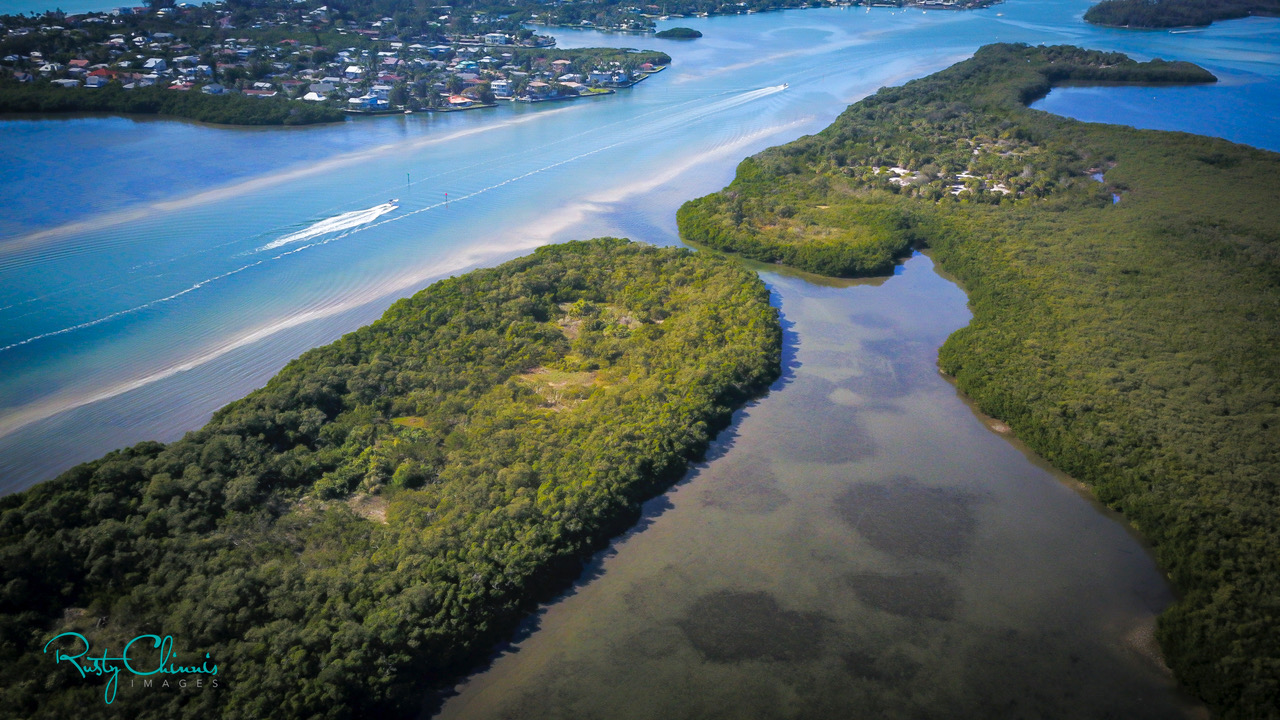In the 1890s, the first leg of the Gulf Intracoastal Waterway was created to transport produce from Sarasota to the Tampa Bay market. The project skirted two large mangrove islands called the Otter Keys and would generate the spoil that would be the basis of the uplands we now call the Sister Keys.
At one point, a disgruntled owner was said to have bulldozed many of the mangroves because he wasn’t allowed to build on the islands. During World War II, the flats surrounding the island were used by bombers for target practice and craters still exist as deep blue holes on the verdant green grass flats. In the 1960s, the islands were owned by a group of investors that intended to create a tropical resort they dubbed Shangri Isles. The development would have transformed the Keys with a marina, 18-hole championship golf course, luxury homes, a hotel and an airport.
Fortunately, economics dictated a different course for the islands and the plants and animals that called it home. Over the next two decades the islands would remain essentially the same except for seeds and flotsam brought there by the birds, wind and tides. In the late 80’s the islands went on sale, advertised as a “tropical paradise” where 80 acres could be developed. This was a time when a spurt of development came to the area and Tidy Island on the east shore of the bay sprouted homes at the expense of the mangroves. An adjacent island Jewfish Key was also undergoing development and blue septic tanks that would be buried for future homes dotted the shore on platted lots.
This activity caused a group of citizens to posit the question: “Wouldn’t it be nice to have at least one island in the bay that didn’t have a house on it?” In 1989, those progressive citizens became the Sister Keys Conservancy and lobbied for two years to raise money and awareness to buy and protect the islands.

